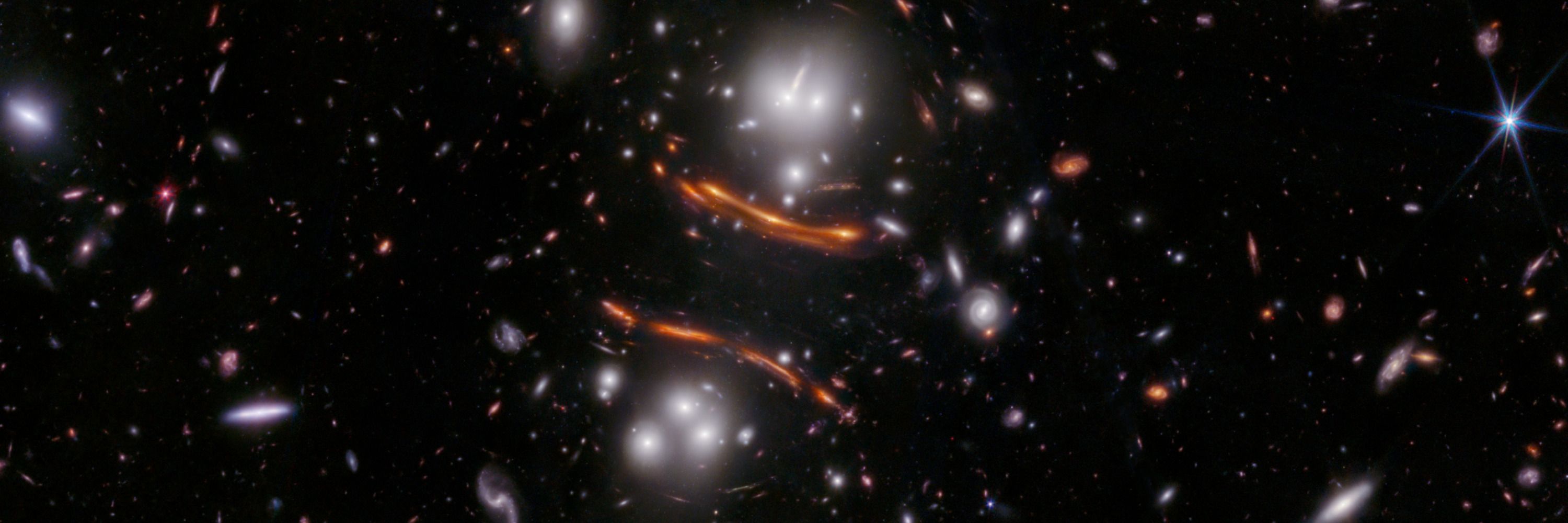Corey S. Powell
@coreyspowell.bsky.social
8.6K followers
910 following
1.5K posts
Fascinated by things very big, very small, and beyond the limits of the human senses. Founder of OpenMind: www.openmindmag.org Creator of the Invisible Universe column: https://invisibleuniverse.substack.com/
Posts
Media
Videos
Starter Packs
Pinned
Reposted by Corey S. Powell



















